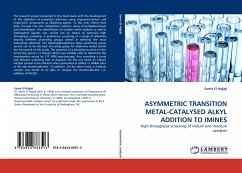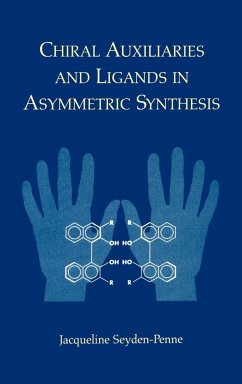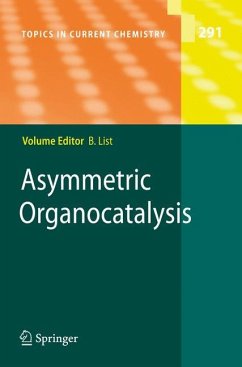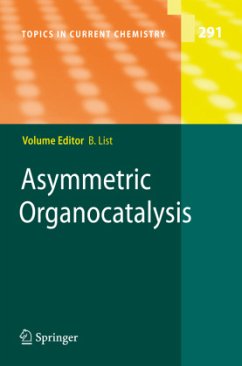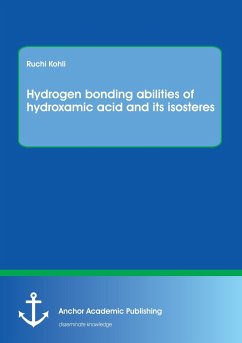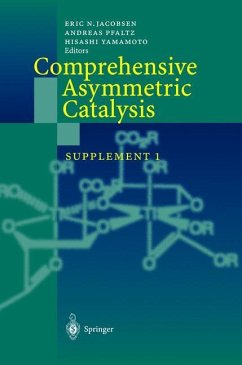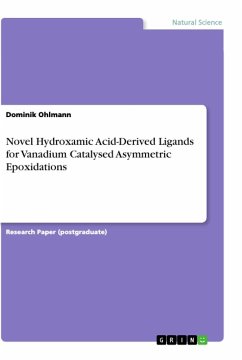
Novel Hydroxamic Acid-Derived Ligands for Vanadium Catalysed Asymmetric Epoxidations

PAYBACK Punkte
0 °P sammeln!
Research Paper (postgraduate) from the year 2007 in the subject Chemistry - Organic Chemistry, grade: 1,0, University of Glasgow (Chemistry), language: English, abstract: During this project, we reached the aim of establishing synthetic routes to new hydroxamic acid derivatives, which were used as ligands for asymmetric epoxidation of allylic alcohols in water. Three new ligands, (S, R)-3, (S, S)-3 and 14 were successfully synthesized and subsequently tested on standard substrates. To accomplish the ligand synthesis, we used known procedures as well as new ones, for example the coupling of in ...
Research Paper (postgraduate) from the year 2007 in the subject Chemistry - Organic Chemistry, grade: 1,0, University of Glasgow (Chemistry), language: English, abstract: During this project, we reached the aim of establishing synthetic routes to new hydroxamic acid derivatives, which were used as ligands for asymmetric epoxidation of allylic alcohols in water. Three new ligands, (S, R)-3, (S, S)-3 and 14 were successfully synthesized and subsequently tested on standard substrates. To accomplish the ligand synthesis, we used known procedures as well as new ones, for example the coupling of in situ-protected hydroxylamine 5a and activated mixed anhydride 13. As yields were not always satisfying (see Experimental), optimization of several steps could be a general aim for future work, especially considering the synthesis up-scaling of promising ligand 14.





